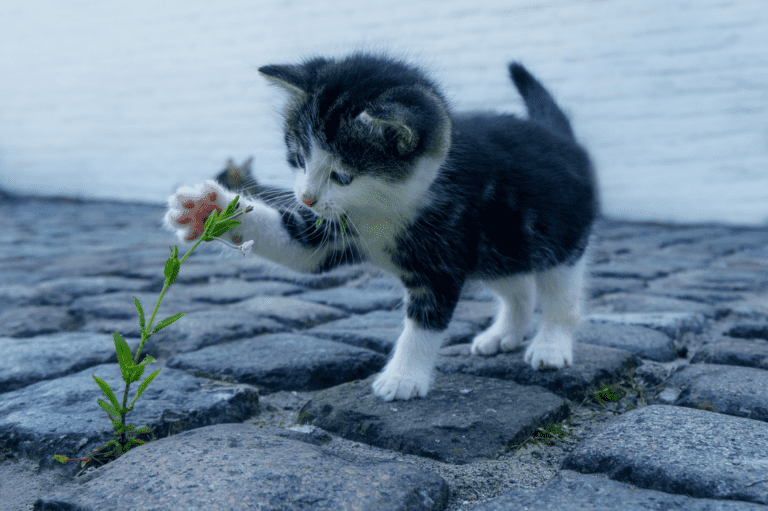
Nearly 10,000 years ago, humans living in the Fertile Crescent (the area around the Tigris and Euphrates rivers) changed from being hunter-gatherers to farmers.
In a recent study published in the journal Genetics, DNA was collected and analyzed from cats in and around the Fertile Crescent, as well as across Europe, Asia, and Africa.
A team of researchers from the University of Missouri found that this lifestyle shift in humans was the catalyst for the world’s first domestication of cats.
They compared nearly 200 different genetic markers (genes used as markers on genetic analyses).
One of the key markers was the simple repeat sequence, which mutates very rapidly and can provide clues to the evolution of cat populations and breeds over the last few hundred years.
Another key marker is single nucleotide polymorphism, which focuses on single gene variations.
The results suggest that cats were most likely first domesticated in the Fertile Crescent before migrating with humans around the world.
After the genes of cats have been passed down from generation to generation, the genetic makeup of cats in different regions differs greatly.
For example, the genetic composition of Western European cats is significantly different from that of Southeast Asian cats.
Today, this team is still building genetic tools and genetic resources that will help improve the health of cats.
These tools and resources may be useful for treating humans with the same disease.
